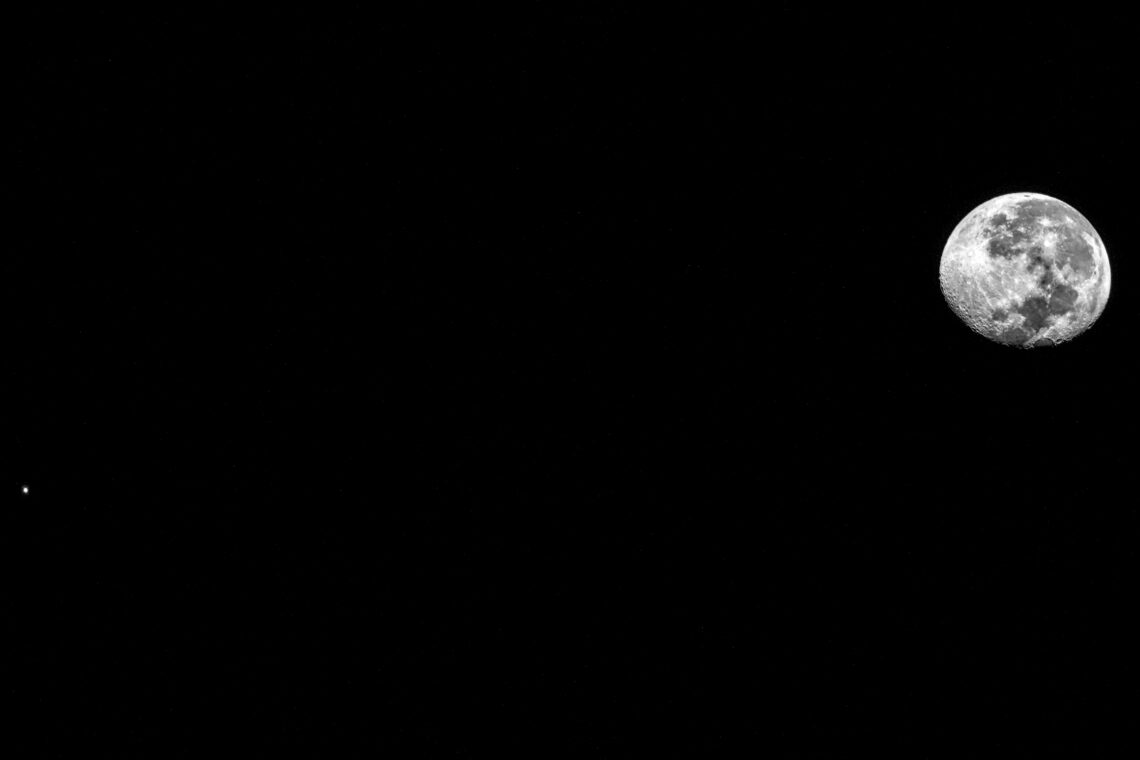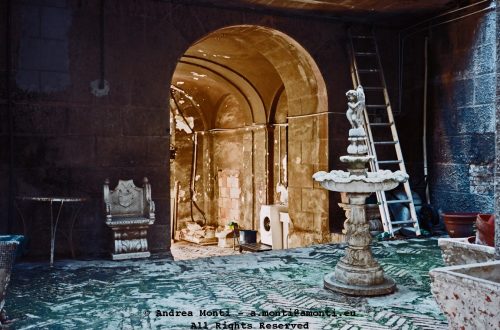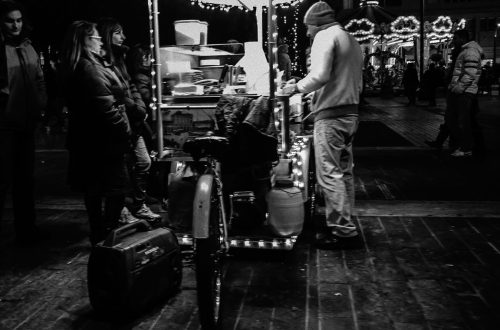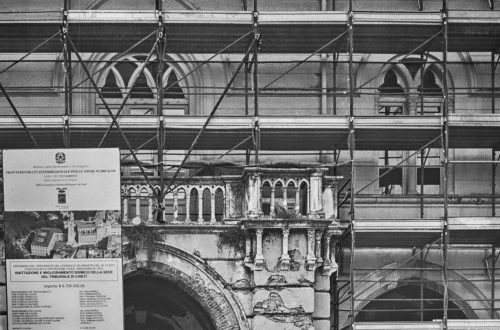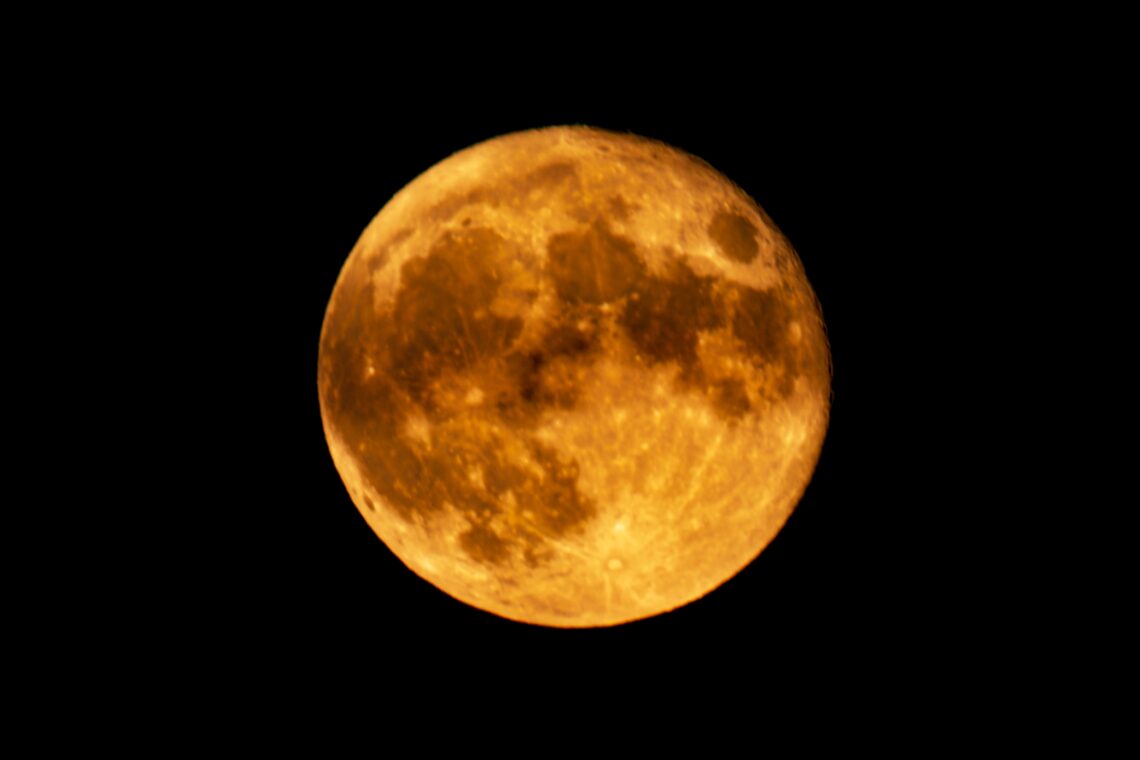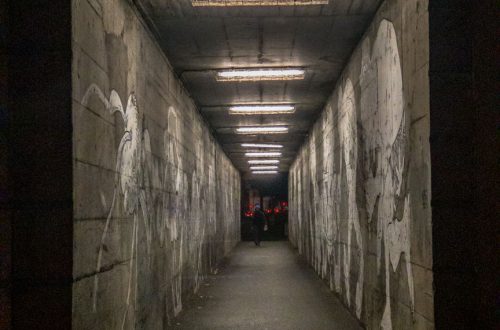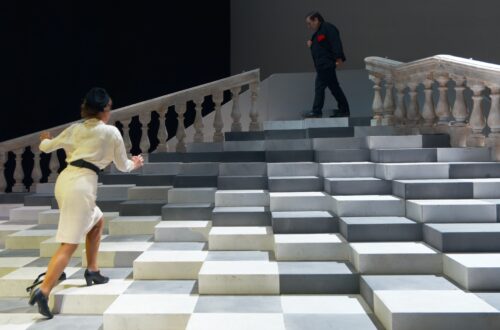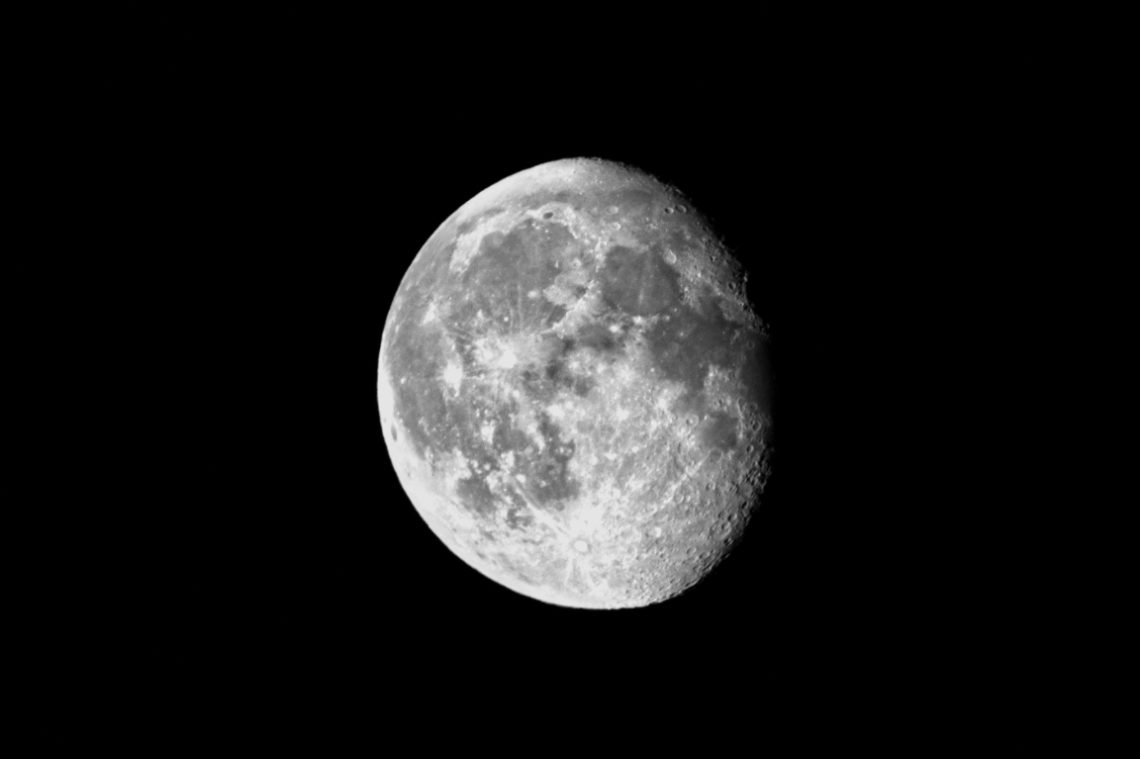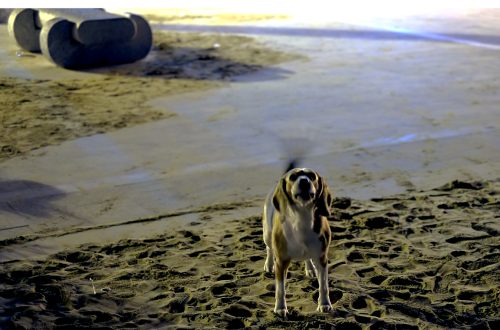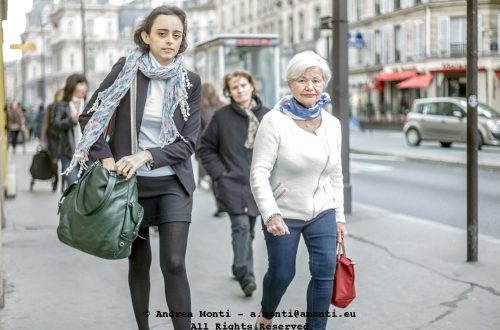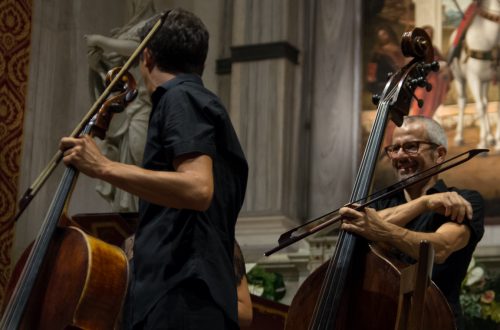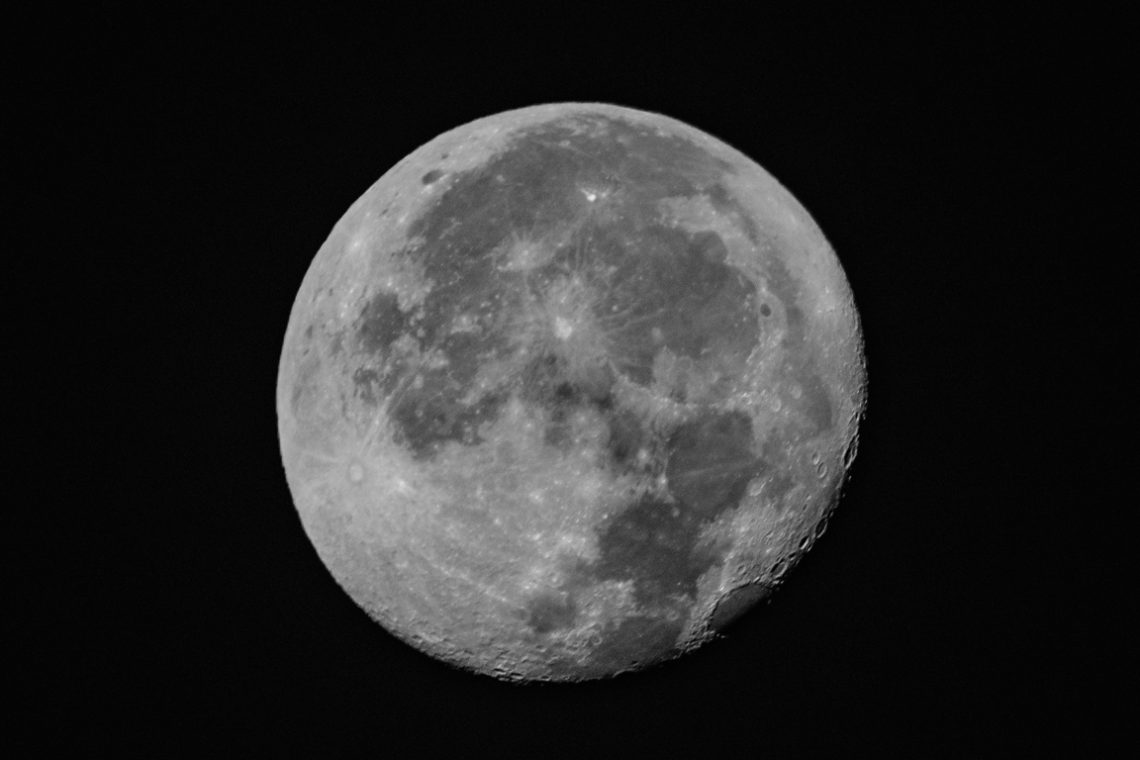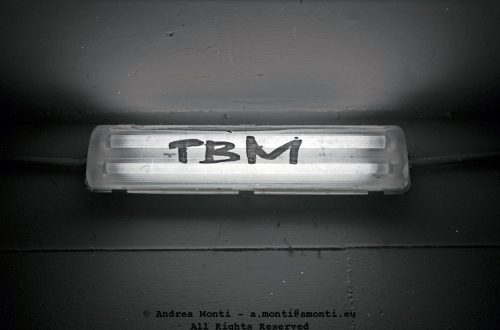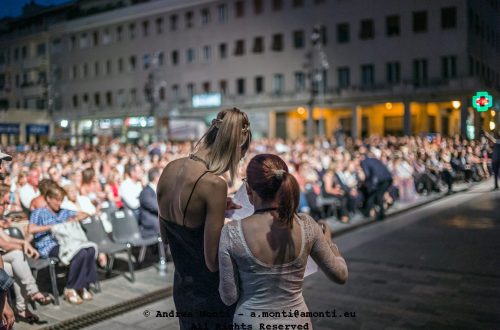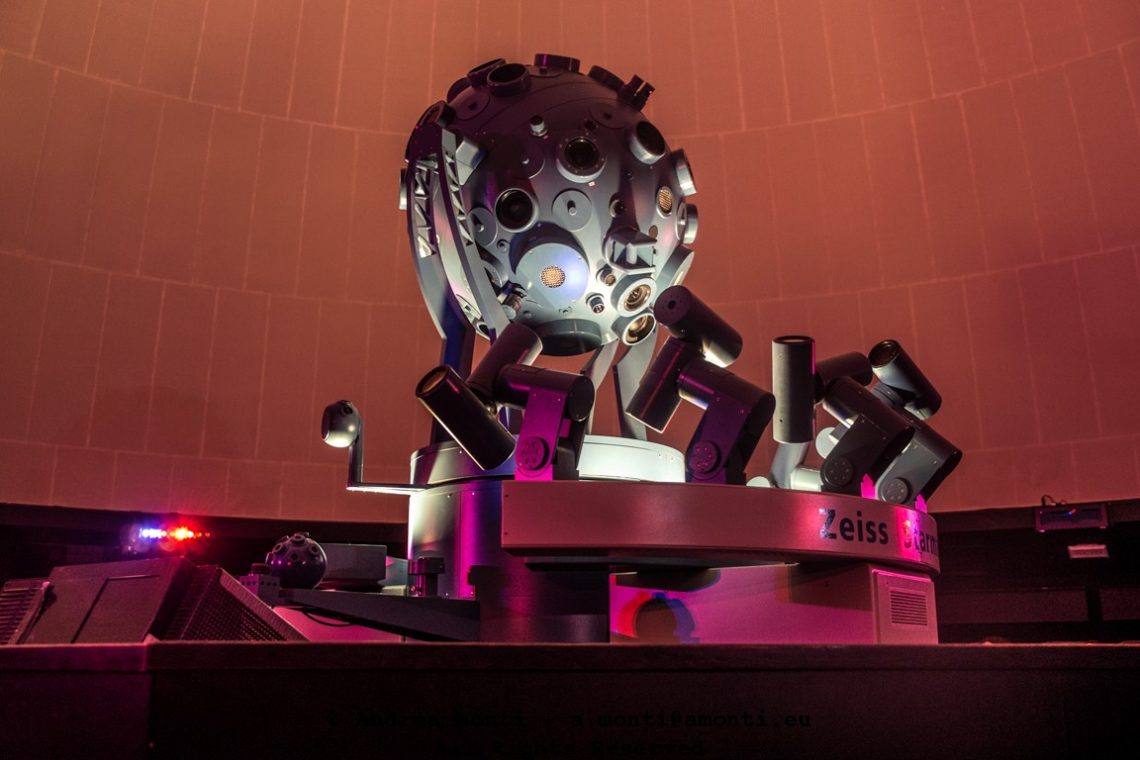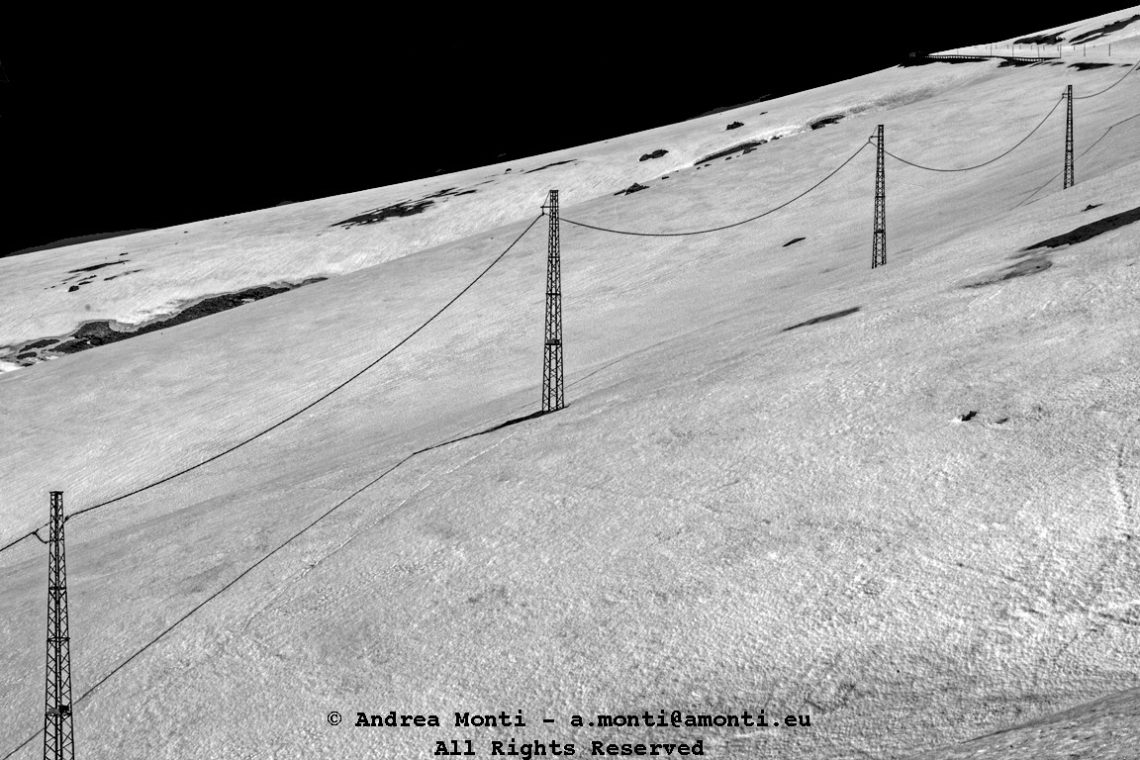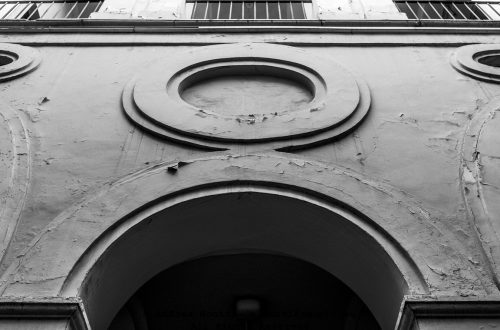-
When Venus Meets the Moon
I made this photograph with the Fujifilm X-T5 paired to the XF 150-600mm, working handheld in the early evening. The Moon was already high and bright, its craters crisp in the cold winter air. Venus, to the left, shone as a pinpoint — a bright, almost stubborn presence against the vastness of black space. Compositional balance here was straightforward but demanded precision: the Moon anchored on the right third, Venus sitting low and left, with the negative space not just filling the frame but defining the mood. The sheer emptiness is as much the subject as the two celestial bodies. Technically, the exposure leaned toward underexposing slightly to preserve lunar…
-
Red Moon at the end of August
Shot handheld (no tripod) with an X-T5 and a Fuji XF 150-600. Image stabilisation worked very well.
-
Moon, hand-held
-
Full Moon
-
Full Moon
Photographing the moon is a deceptively simple task — at least until you try it. What I wanted was the cold, silvery sharpness of our nearest celestial neighbour, etched against a black void. What I ended up with was something quite different, but not without merit: a moody study of the moon as seen through a gauzy veil of fast-moving clouds. The composition is almost entirely dictated by nature. The moon sits dead-centre, surrounded by concentric ripples of light refracted through water vapour. The clouds swirl and twist in soft greys, catching the pale light and turning it into a painterly texture. In the very heart, there’s a thin halo…
-
Planetarium
The Zeiss projector at the Palais de la Découverte has an undeniable presence. It is both a piece of scientific equipment and a sculptural object, an embodiment of precision engineering turned into theatre. Under the dome’s dimmed lights, the machine sits like a mechanical deity, ready to conjure the heavens onto the curved canvas above. Photographing it was a matter of honouring its shape without reducing it to a mere technical diagram. I centred the composition to give the machine the stature it deserves, allowing its symmetrical arms and lenses to extend outward in all directions. The warm backdrop of the dome was a natural contrast to the cooler, magenta-tinted…
-
Lunar Network Or Snowy Mountain?
This image was made at high altitude, but it could have been taken on the Moon. That’s what initially drew my eye: the surreal minimalism of these snow-covered slopes interrupted by a line of utility poles, stretched tight against the vast emptiness. The illusion of a lunar landscape is heightened by the total absence of sky detail—pure black, a void—and the almost abstract texture of the snow, exaggerated by strong directional sunlight. The decision to shoot in black and white came naturally. Colour would have been a distraction from the harsh geometry, from the juxtaposition of natural emptiness and imposed structure. Each pole, evenly spaced, is both part of a…
